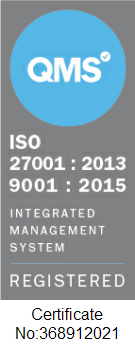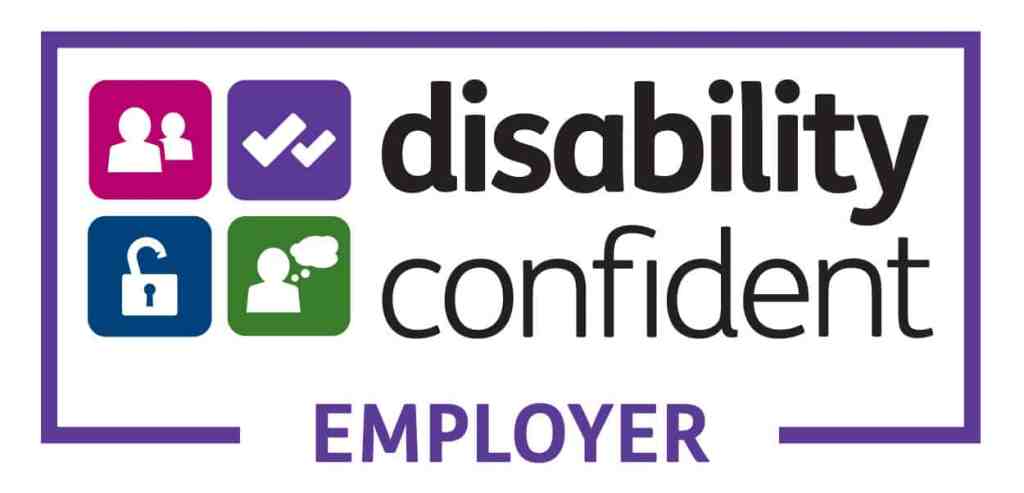When I talk about Agile governance, I always get the same reaction, which goes something like this… ‘Are you being serious?’ Most people I talk to think I’m a) joking or b) introducing some antipattern to Agile and effective ways of working.
GOVERNANCE – SO WHAT DO WE THINK IT IS?
This is because our minds have led us to believe that governance refers to
Producing lots of documentation requested by senior people in an organisation eg Directors
PowerPoint presentations – that you spend hours doing just to say you’ve done it, only for no-one to really read it! Sound familiar? 🙁
WHAT ACTUALLY IS IT?
the alignment of an initiative (project, programme or product development) with organisational goals to create value. Governance defines how the initiative is set up, managed and controlled.
Say what? Sorry… so speaking like a human again, governance actually means
- Ensuring we are working on the right thing – i.e. is it valuable to users and/or give ROI?
- Ensuring we comply with regulatory standards/legislation/policy.
- Ensuring we are delivering products and services in the right way.
WHY IS IT MISUNDERSTOOD?
- Because we really only know it in a Waterfall Context – And guess what? Behaviours underpin belief! So because we’ve done governance in that way for so long we’ve tricked our mind into believing how we do governance in traditional Project Management = the only way we do governance. This is a MYTH!
- Misleading definition – because ‘manage’ and ‘control’ are used in the formal definition (given above) people tend to misinterpret this as ‘ooh that’s not very Agile, we trust and empower people now.’ Again, a MYTH.
WHAT IS AGILE GOVERNANCE?
It is applying the meaning of governance in an Agile environment. This isn’t JFDI, nor is it tons of documentation, stage gates and bureaucracy.
Agile governance occurs through feedback loops. All that means is keeping communication and knowledge shared within the team and some stakeholders at the smallest possible intervals.
Examples of feedback loops are daily stand ups, retrospectives, demos and planning sessions. Whilst the names of these feedback loops may slightly differ, they are common within every team. Each one serves a different purpose and all of them are forms of governance that are applied to Agile ways of working.
I’ve put my own manifesto on Agile governance:
- IT IS Context over Control – Sufficient for the context.
- IT IS Trusting people, to communicate and make decisions over requesting documentation.
- IT IS Visual information radiators over minuted meetings.
- IT IS NOT disregarding documentation (JFDI).
- IT IS NOT tons of documentation either.
TO SUMMARISE…
Any project, product or service does need a mechanism to manage and control what we’re working on, what we’re complying with and how we are delivering.
This is people managing and control the work (the value stream) NOT people controlling people. This isn’t Anti-Agile, it’s about common sense and tackling risks. All we are saying is in Agile, we go about it differently and not through micro management and delegation.
















